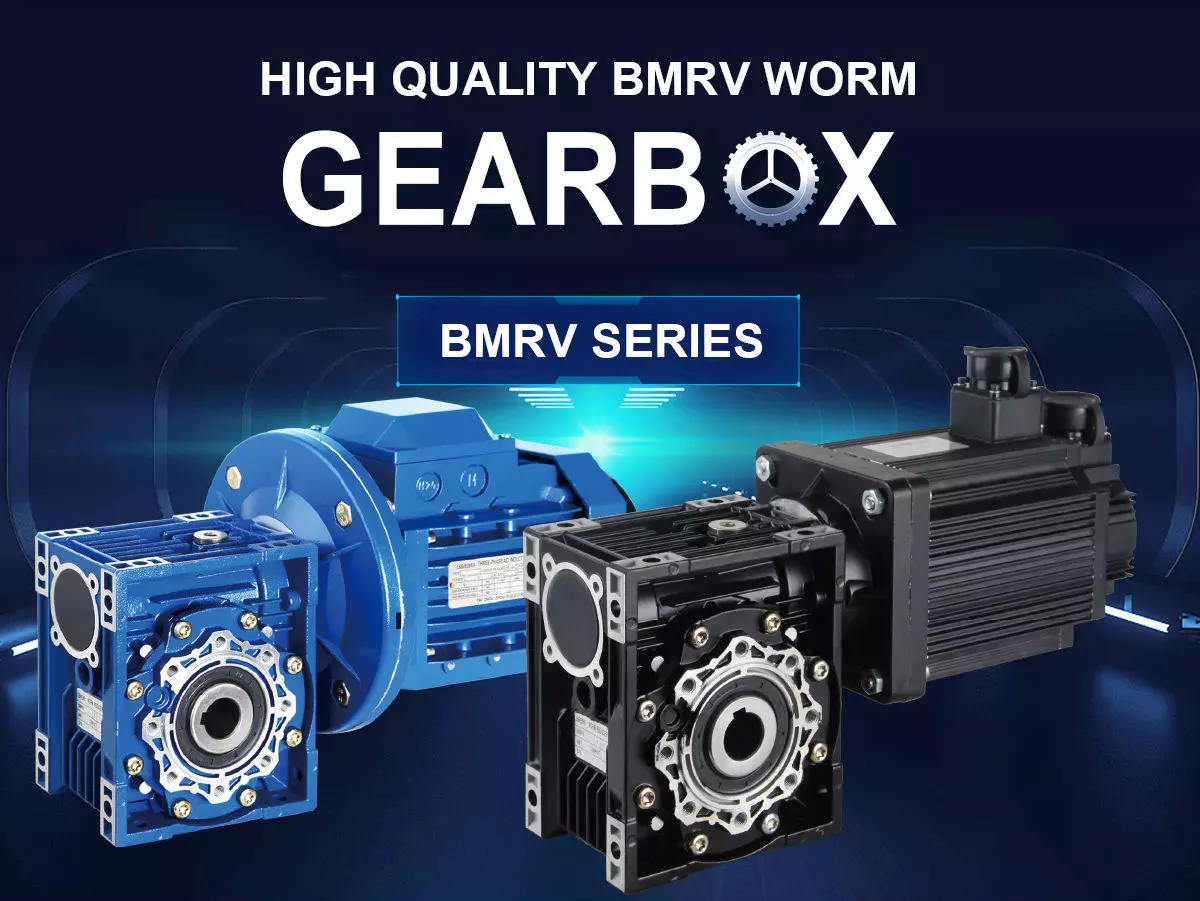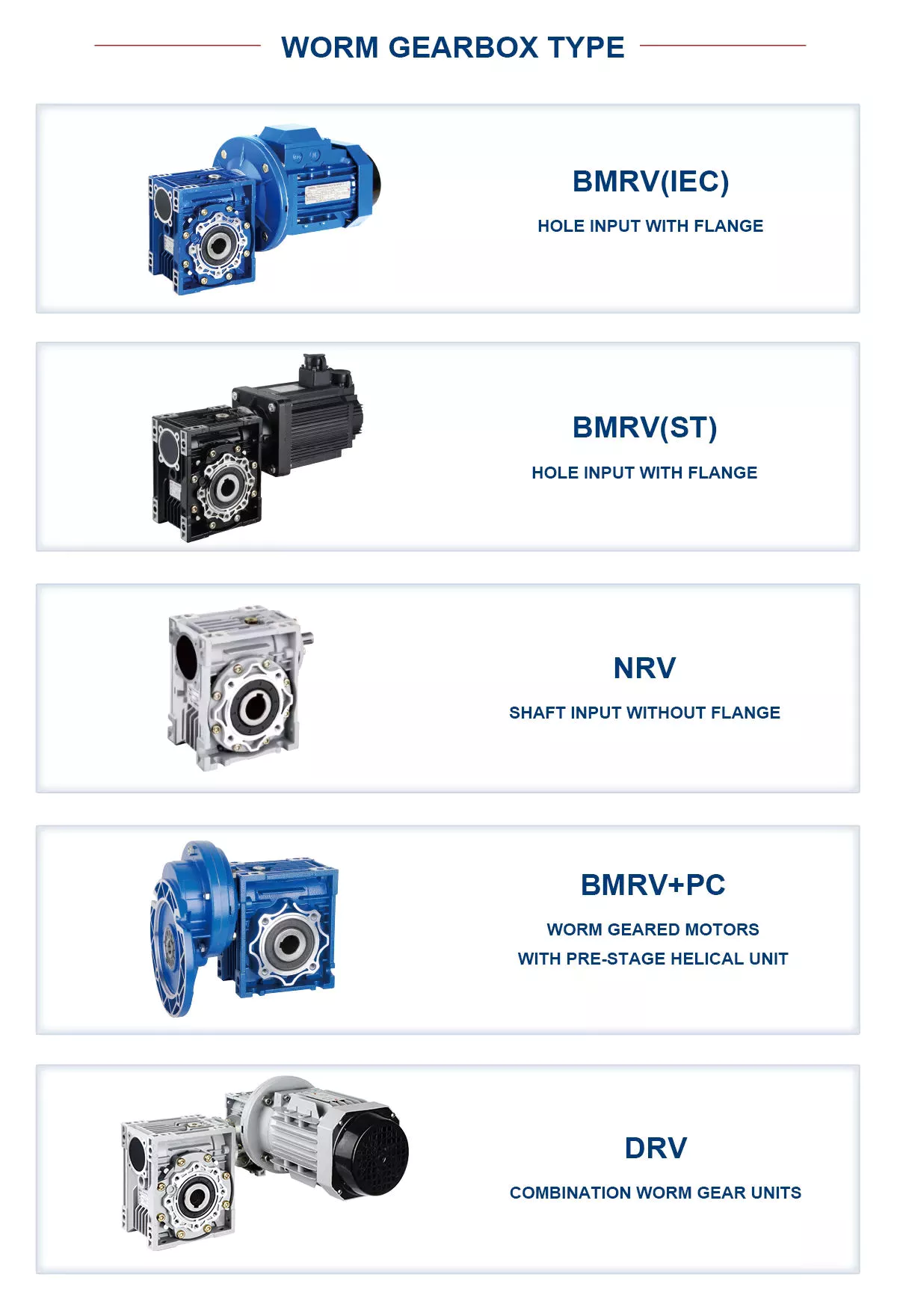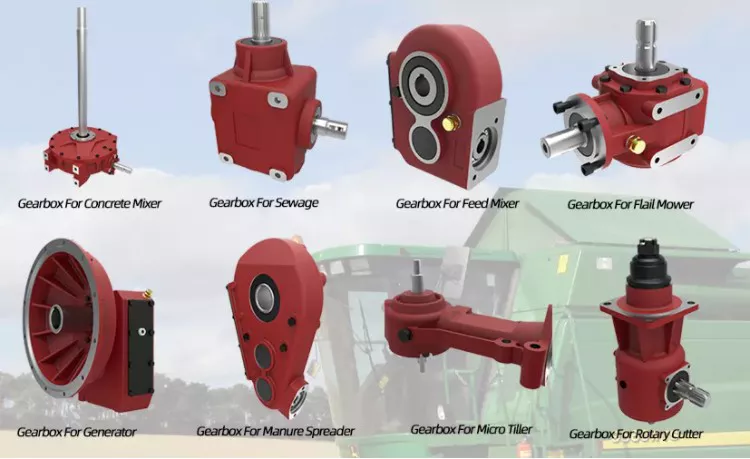Item Description
Solution Introduction:
1) 20 a long time export encounter giving model European firm
two) Casting supplies: Grey iron & ductile iron casting
3) Casting process: Resin sand hand molding and centrifugal casting
four) Goods: Bearing housings, motor housing, gearbox housing, cylinder housing machinery motors, shafting, and transmission areas
five) Casting products weight: 1kg-200kg
Our Inspection Gear:
Direct-looking through spectrograph,metallographic microscope,hardness tester,brinell hardness tester,thermometric indicator,common tests equipment,carbon and silicon examination meter,magnetic powder flaw detector,electronic ultrasonic flaw detector and so on.
Our Service:
1.Your inquiry relevant to our merchandise or rates will be replied in twelve several hours.
two.Specific method in accordance to customers’ specific drawing requests.
three.Company with massive capability,makes certain the fast creation cycle right after
confirming the purchase.
four.Security of income location and non-public data for all of our clients.
Top quality Management:
We have a entire established of quality management program to promise best merchandise top quality. Relying on the goods, we can make various Item Tests Plan, Manufacturing process and so on.
Raw material handle
Chemistry spectrum investigation
Mechanical house
Metallographic investigation
Ultrasonic screening
Magnetic tests
Radiographic screening
Dimension inspection
Visible inspection
Penetrant screening
Leak screening
Hardness test
Micro-structure tester soon after heat treatment
Firm profile:
HangZhou Xihu (West Lake) Dis.tongda Trade Co., Ltd. is positioned in the Hello-tech Development District of HangZhou metropolis, ZheJiang province. It was proven in 1987, and addresses an spot of 27000 m2.
We-HangZhou Xihu (West Lake) Dis.tongda business is a skilled producer for sand casting, investment Casting stainless steel, forging, die-casting accessory, micro casting accent, metallic casting accessory, plastic device areas, CNC machining and other various mechanical equipment and relative equipments.
Manily items incorporate expense casting stainless steel, sand casting iron/steel, die casting aluminum element, misplaced wax casting, forging car areas, stamping equipment element.
Our items incorporated shaft, equipment, equipment shaft, worm equipment, welding shaft seat, hub, bracket, non-normal nut, lashing strap, webbing sling, hydraulic jack, hand tools and so on
We have the advanced equipments for foundry, sixty six sets of steel cutting machineries, 35 sets CNC, and 2 sets of machining facilities.
We received good quality certificate ISO9001, CE, SGS certificates, and have full sets of inspection devices. With higher high quality and sensible charges, all of our goods market nicely in the abroad marketplace.
Please feel cost-free to get in touch with us for far more specifics if you′re fascinated.
| substance | gray solid iron, ductile solid iron, metal, stainless steel, brass, copper, bronze, aluminum, zinc and so on |
| approach | sand casting, precision casting ,die casting |
| Floor finishment | sprucing, sand blasting, heat remedy, portray, powder coating, anodizing, electroplating, mirror polishing. |
| certificate | ISO9001 |
| Support | OEM service obtainable |
| Principal export market place | Jap Europe Western Europe North America Mid Africa Central The united states Asia Australia |
|
US $1 / kg | |
500 kg (Min. Order) |
###
| Type: | Clay Wet Sand |
|---|---|
| Casting Method: | Thermal Gravity Casting |
| Sand Core Type: | Resin Sand Core |
| Application: | Machinery Parts |
| Machining: | CNC Machining |
| Material: | Iron,Aluminum&Aluminum Alloy |
###
| Samples: |
US$ 1/kg
1 kg(Min.Order) |
|---|
###
| Customization: |
Available
|
|---|
###
| material | grey cast iron, ductile cast iron, steel, stainless steel, brass, copper, bronze, aluminum, zinc etc |
| process | sand casting, precision casting ,die casting |
| Surface finishment | polishing, sand blasting, heat treatment, painting, powder coating, anodizing, electroplating, mirror polishing. |
| certificate | ISO9001 |
| Service | OEM service available |
| Main export market | Eastern Europe Western Europe North America Mid Africa Central America Asia Australia |
|
US $1 / kg | |
500 kg (Min. Order) |
###
| Type: | Clay Wet Sand |
|---|---|
| Casting Method: | Thermal Gravity Casting |
| Sand Core Type: | Resin Sand Core |
| Application: | Machinery Parts |
| Machining: | CNC Machining |
| Material: | Iron,Aluminum&Aluminum Alloy |
###
| Samples: |
US$ 1/kg
1 kg(Min.Order) |
|---|
###
| Customization: |
Available
|
|---|
###
| material | grey cast iron, ductile cast iron, steel, stainless steel, brass, copper, bronze, aluminum, zinc etc |
| process | sand casting, precision casting ,die casting |
| Surface finishment | polishing, sand blasting, heat treatment, painting, powder coating, anodizing, electroplating, mirror polishing. |
| certificate | ISO9001 |
| Service | OEM service available |
| Main export market | Eastern Europe Western Europe North America Mid Africa Central America Asia Australia |
Choosing a Gearbox For Your Application
The gearbox is an essential part of bicycles. It is used for several purposes, including speed and force. A gearbox is used to achieve one or both of these goals, but there is always a trade-off. Increasing speed increases wheel speed and forces on the wheels. Similarly, increasing pedal force increases the force on the wheels. This makes it easier for cyclists to accelerate their bicycles. However, this compromise makes the gearbox less efficient than an ideal one.
Dimensions
Gearboxes come in different sizes, so the size of your unit depends on the number of stages. Using a chart to determine how many stages are required will help you determine the dimensions of your unit. The ratios of individual stages are normally greater at the top and get smaller as you get closer to the last reduction. This information is important when choosing the right gearbox for your application. However, the dimensions of your gearbox do not have to be exact. Some manufacturers have guides that outline the required dimensions.
The service factor of a gearbox is a combination of the required reliability, the actual service condition, and the load that the gearbox will endure. It can range from 1.0 to 1.4. If the service factor of a gearbox is 1.0, it means that the unit has just enough capacity to meet your needs, but any extra requirements could cause the unit to fail or overheat. However, service factors of 1.4 are generally sufficient for most industrial applications, since they indicate that a gearbox can withstand 1.4 times its application requirement.
Different sizes also have different shapes. Some types are concentric, while others are parallel or at a right angle. The fourth type of gearbox is called shaft mount and is used when mounting the gearbox by foot is impossible. We will discuss the different mounting positions later. In the meantime, keep these dimensions in mind when choosing a gearbox for your application. If you have space constraints, a concentric gearbox is usually your best option.
Construction
The design and construction of a gearbox entails the integration of various components into a single structure. The components of a gearbox must have sufficient rigidity and adequate vibration damping properties. The design guidelines note the approximate values for the components and recommend the production method. Empirical formulas were used to determine the dimensions of the various components. It was found that these methods can simplify the design process. These methods are also used to calculate the angular and axial displacements of the components of the gearbox.
In this project, we used a 3D modeling software called SOLIDWORKS to create a 3-D model of a gear reducer. We used this software to simulate the structure of the gearbox, and it has powerful design automation tools. Although the gear reducer and housing are separate parts, we model them as a single body. To save time, we also removed the auxiliary elements, such as oil inlets and oil level indicators, from the 3D model.
Our method is based on parameter-optimized deep neural networks (DBNs). This model has both supervised and unsupervised learning capabilities, allowing it to be self-adaptive. This method is superior to traditional methods, which have poor self-adaptive feature extraction and shallow network generalization. Our algorithm is able to recognize faults in different states of the gearbox using its vibration signal. We have tested our model on two gearboxes.
With the help of advanced material science technologies, we can now manufacture the housing for the gearbox using high-quality steel and aluminium alloys. In addition, advanced telematics systems have increased the response time of manufacturers. These technologies are expected to create tremendous opportunities in the coming years and fuel the growth of the gearbox housing market. There are many different ways to construct a gearbox, and these techniques are highly customizable. In this study, we will consider the design and construction of various gearbox types, as well as their components.
Working
A gearbox is a mechanical device that transmits power from one gear to another. The different types of gears are called planetary gears and are used in a variety of applications. Depending on the type of gearbox, it may be concentric, parallel, or at a right angle. The fourth type of gearbox is a shaft mount. The shaft mount type is used in applications that cannot be mounted by foot. The various mounting positions will be discussed later.
Many design guidelines recommend a service factor of 1.0, which needs to be adjusted based on actual service conditions. This factor is the combined measure of external load, required reliability, and overall gearbox life. In general, published service factors are the minimum requirements for a particular application, but a higher value is necessary for severe loading. This calculation is also recommended for high-speed gearboxes. However, the service factor should not be a sole determining factor in the selection process.
The second gear of a pair of gears has more teeth than the first gear. It also turns slower, but with greater torque. The second gear always turns in the opposite direction. The animation demonstrates this change in direction. A gearbox can also have more than one pair of gears, and a first gear may be used for the reverse. When a gear is shifted from one position to another, the second gear is engaged and the first gear is engaged again.
Another term used to describe a gearbox is “gear box.” This term is an interchangeable term for different mechanical units containing gears. Gearboxes are commonly used to alter speed and torque in various applications. Hence, understanding the gearbox and its parts is essential to maintaining your car’s performance. If you want to extend the life of your vehicle, be sure to check the gearbox’s efficiency. The better its functioning, the less likely it is to fail.
Advantages
Automatic transmission boxes are almost identical to mechanical transmission boxes, but they also have an electronic component that determines the comfort of the driver. Automatic transmission boxes use special blocks to manage shifts effectively and take into account information from other systems, as well as the driver’s input. This ensures accuracy and positioning. The following are a few gearbox advantages:
A gearbox creates a small amount of drag when pedaling, but this drag is offset by the increased effort to climb. The external derailleur system is more efficient when adjusted for friction, but it does not create as little drag in dry conditions. The internal gearbox allows engineers to tune the shifting system to minimize braking issues, pedal kickback, and chain growth. As a result, an internal gearbox is a great choice for bikes with high-performance components.
Helical gearboxes offer some advantages, including a low noise level and lower vibration. They are also highly durable and reliable. They can be extended in modular fashion, which makes them more expensive. Gearboxes are best for applications involving heavy loads. Alternatively, you can opt for a gearbox with multiple teeth. A helical gearbox is more durable and robust, but it is also more expensive. However, the benefits far outweigh the disadvantages.
A gearbox with a manual transmission is often more energy-efficient than one with an automatic transmission. Moreover, these cars typically have lower fuel consumption and higher emissions than their automatic counterparts. In addition, the driver does not have to worry about the brakes wearing out quickly. Another advantage of a manual transmission is its affordability. A manual transmission is often available at a lower cost than its automatic counterpart, and repairs and interventions are easier and less costly. And if you have a mechanical problem with the gearbox, you can control the fuel consumption of your vehicle with appropriate driving habits.
Application
While choosing a gearbox for a specific application, the customer should consider the load on the output shaft. High impact loads will wear out gear teeth and shaft bearings, requiring higher service factors. Other factors to consider are the size and style of the output shaft and the environment. Detailed information on these factors will help the customer choose the best gearbox. Several sizing programs are available to determine the most appropriate gearbox for a specific application.
The sizing of a gearbox depends on its input speed, torque, and the motor shaft diameter. The input speed must not exceed the required gearbox’s rating, as high speeds can cause premature seal wear. A low-backlash gearbox may be sufficient for a particular application. Using an output mechanism of the correct size may help increase the input speed. However, this is not recommended for all applications. To choose the right gearbox, check the manufacturer’s warranty and contact customer service representatives.
Different gearboxes have different strengths and weaknesses. A standard gearbox should be durable and flexible, but it must also be able to transfer torque efficiently. There are various types of gears, including open gearing, helical gears, and spur gears. Some of the types of gears can be used to power large industrial machines. For example, the most popular type of gearbox is the planetary drive gearbox. These are used in material handling equipment, conveyor systems, power plants, plastics, and mining. Gearboxes can be used for high-speed applications, such as conveyors, crushers, and moving monorail systems.
Service factors determine the life of a gearbox. Often, manufacturers recommend a service factor of 1.0. However, the actual value may be higher or lower than that. It is often useful to consider the service factor when choosing a gearbox for a particular application. A service factor of 1.4 means that the gearbox can handle 1.4 times the load required. For example, a 1,000-inch-pound gearbox would need a 1,400-inch-pound gearbox. Service factors can be adjusted to suit different applications and conditions.


editor by czh 2023-01-07